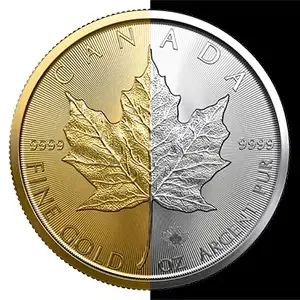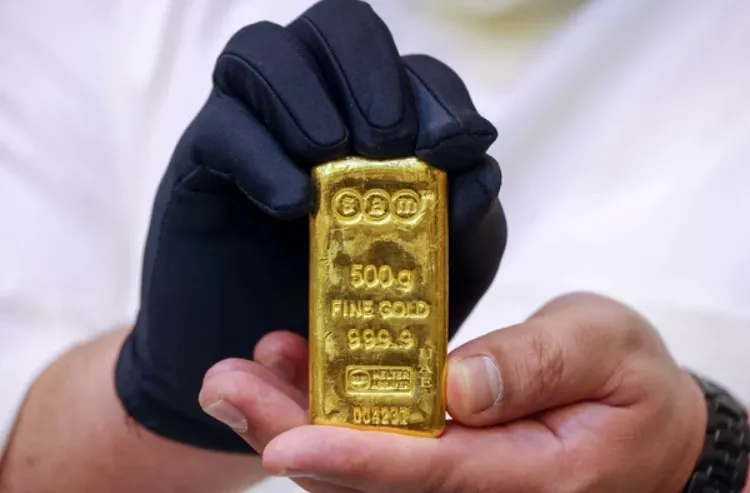The Surge in Gold Prices Following President Raisi's Death and Prospects Amid Potential Interest Rate Cuts
The sudden death of Iranian President Ebrahim Raisi has sent ripples through global financial markets, triggering a notable rise in the price of gold. Raisi's unexpected demise has amplified geopolitical tensions in the Middle East, a region already fraught with instability. This uncertainty has spurred investors to seek safe-haven assets, with gold being the traditional refuge during times of crisis.
In the immediate aftermath of Raisi's death, gold prices surged by nearly 3%, reaching levels not seen in over a year. The price increase is driven by heightened concerns over potential disruptions in the global oil supply, given Iran's significant role in the oil market. Any significant instability in the Middle East tends to have a magnified impact on commodities, particularly gold, as investors flock to assets that can preserve value amidst volatility.

Looking forward, the trajectory of gold prices will likely be influenced by several key factors. One major element is the potential for interest rate cuts by central banks worldwide. Over the past year, central banks, particularly the Federal Reserve, have been on a rate-hiking spree to combat inflation. However, recent economic indicators suggest that these efforts might be tapering off, and some analysts predict that rate cuts could be on the horizon.
Interest rate cuts typically have a bullish effect on gold prices. Lower interest rates reduce the opportunity cost of holding non-yielding assets like gold, making them more attractive to investors. Additionally, rate cuts often signal a more accommodative monetary policy stance, which can weaken fiat currencies and drive investors towards hard assets like gold and silver.

Silver, often dubbed "the poor man's gold," also stands to benefit from a favorable monetary policy environment. While silver's price movements are more volatile and influenced by its industrial uses, it generally follows gold's trend in times of economic uncertainty and changing interest rates. Should interest rate cuts materialize, both gold and silver prices could see sustained upward momentum.
However, the extent of these potential gains will depend on various factors, including the severity of geopolitical tensions, the pace of economic recovery, and central banks' responses to inflationary pressures. Investors will be closely watching for signals from the Federal Reserve and other central banks about their future monetary policy directions.
In summary, the death of Iranian President Ebrahim Raisi has injected fresh uncertainty into global markets, propelling gold prices upward. With possible interest rate cuts on the horizon, both gold and silver could see continued price increases as investors seek stability in these traditional safe-haven assets. The interplay of geopolitical events and monetary policy will be crucial in shaping the future landscape for precious metals.
Sincerely,
Pele23
